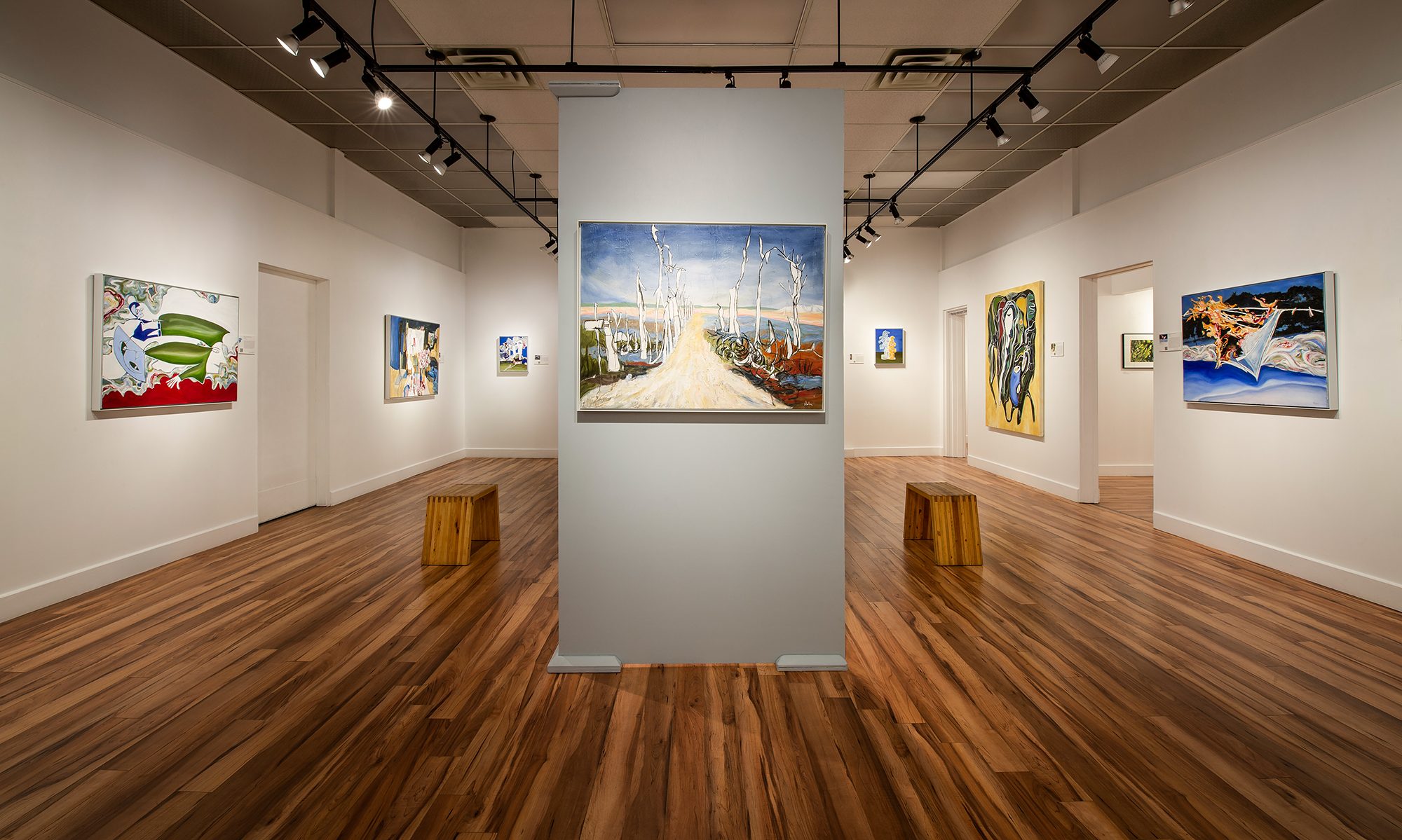


Blind Contour Homage: Nicoll by Marlene Lowden
Blind Contour Homage: “Winter Morning” Marion Nicoll
At the turn of the twentieth century, the Canadian prairies were hardly the ideal location for a female artist to flourish. Born in Calgary, Marion Nicoll (née MacKay) knew from a young age that she wanted to be an artist, setting up her own private studio in her parents’ basement when she was only 13. Reluctantly, her parents paid for art classes at a local Catholic school—the first of hundreds of art classes Nicoll attended around the world over the following decades.
Despite several departures from Alberta to observe, study, and teach art internationally, Nicoll repeatedly returned to her home province. For instance, after two years at the Ontario College of Art, illness forced her to withdraw. But when she tried to continue her studies at Calgary’s Provincial Institute of Technology and Art, her instructor A.C. Leighton (famed founder of the Banff School of Fine Arts) denied her entrance, insisting that she “did not understand colour” and would need to start again. Undeterred, Nicoll began from year one, eventually becoming Leighton’s most successful and admired student, and continuing to teach at the same college—its first female instructor, and the only woman to teach there over the next four decades.
Under Leighton’s tutelage, Nicoll spent the first stage of her art career as a landscape painter. However, a meeting with Jock Macdonald introduced her to automatic art, and from the 1940s she spent several years exploring that style of painting, developing through intuitive drawing a “connection to her inner self.” Long interested in Jungian symbolism and its potential significance to abstract painting, Nicoll’s transition away from landscape art was made complete when she attended a workshop held by Will Barnet, who confirmed her love for the more modern style. Leighton was devastated by the shift in Nicoll’s art—abstract paintings were still widely rebuffed, especially within Alberta—but Nicoll remained grateful to Leighton for the rest of her life.
Nicoll followed Barnet to New York City, learning abstract art from him. She later developed her understanding of abstract art through travels in Europe. She eventually returned to her small home in Calgary, where she remained the primary income earner instead of her husband. But she always yearned for the vitality of New York’s art scene. Despite the admiration she earned internationally, and even in other parts of Canada, Nicoll never received recognition in Calgary, where she was “considered a craftsman and a woman,” but rarely a “true” artist.

Yet, Nicoll is now broadly celebrated for her remarkable contributions to abstract art, and venerated for the way she departed from “the appearance of nature,” seeking instead “a unified symbol of the supernatural,” through which she consistently excavated the relationship between nature and the artist’s subconscious.

1909 – Calgary, AB
1985 – Calgary, AB
Exhibition Dates for this series.
Sources:
Davis, Ann, et. al. Marion Nicoll: Silence and Alchemy. U. of Calgary P., 2013.
Glenbow Archives, PB-599-2. “She Who Dares.” https://www.ywcalgary.ca/ywdares/150-women/marion-nicoll/
